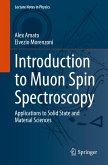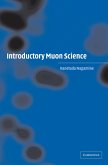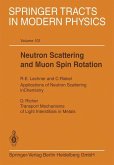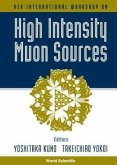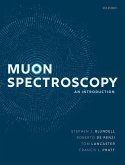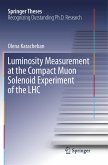Quarkonium physics is a fundamental field of research to get a better understanding of quantum chromodynamics - the theory of the strong interaction. Quarkonia are bound states of the heavy charm or bottom quark and their respective antiquarks, i.e. charm-anticharm and bottom-antibottom states. The complexity of understanding the quarkonium production mechanism has given rise to various theoretical models. The Large Hadron Collider (LHC) reaches unprecedented high collision energies and has already significantly contributed to understanding the experimental side of the quarkonium puzzle. The CMS detector is well suited to study the polarization of promptly-produced charmonium states, using data taken in proton-proton collisions in 2012 at a center of mass energy of 8 TeV. This book describes the general strategy of the analysis, focusing on the most important input parameters, namely the muon detection efficiencies. Single muon detection efficiencies as well as muon pair correlations are presented.


